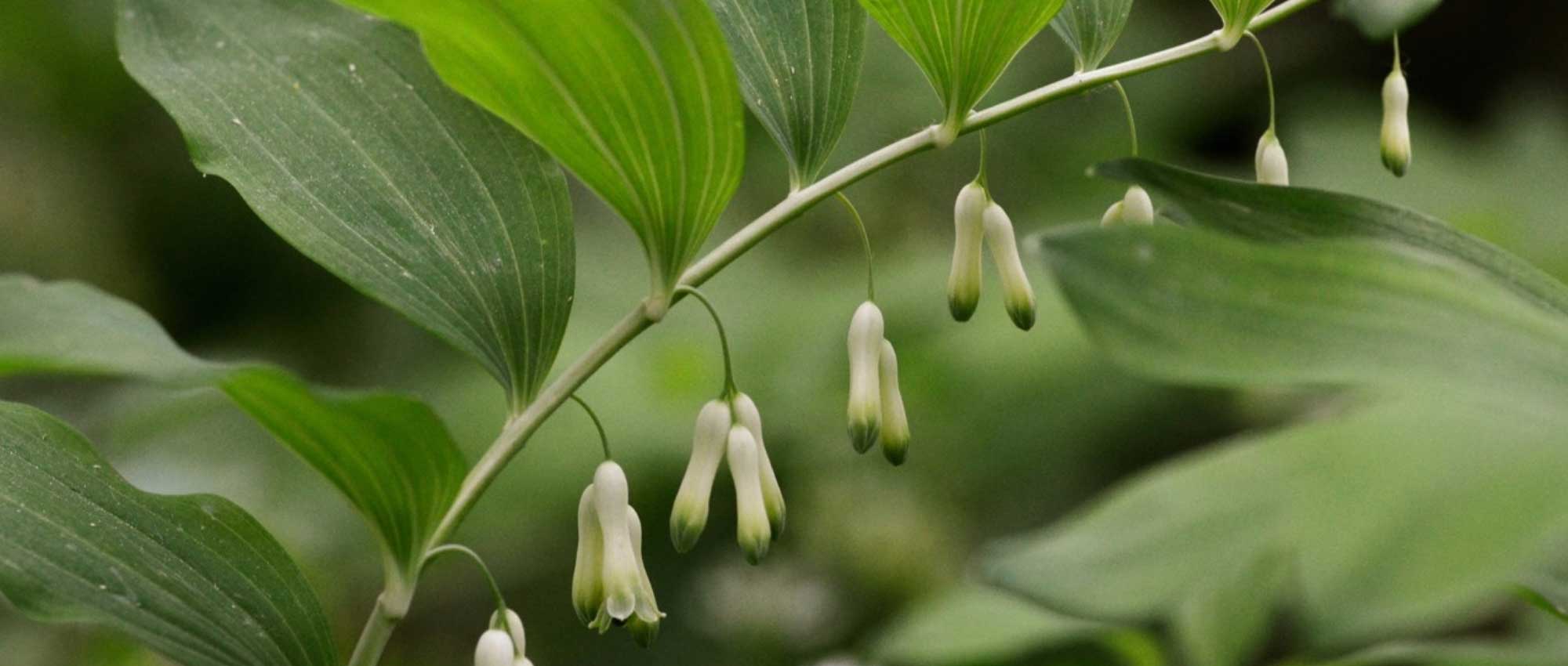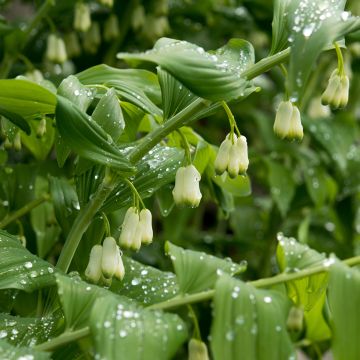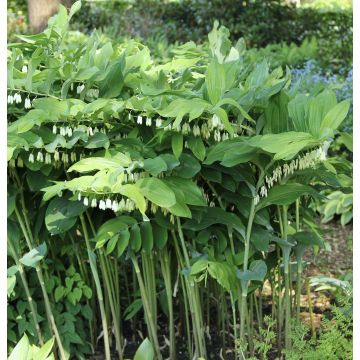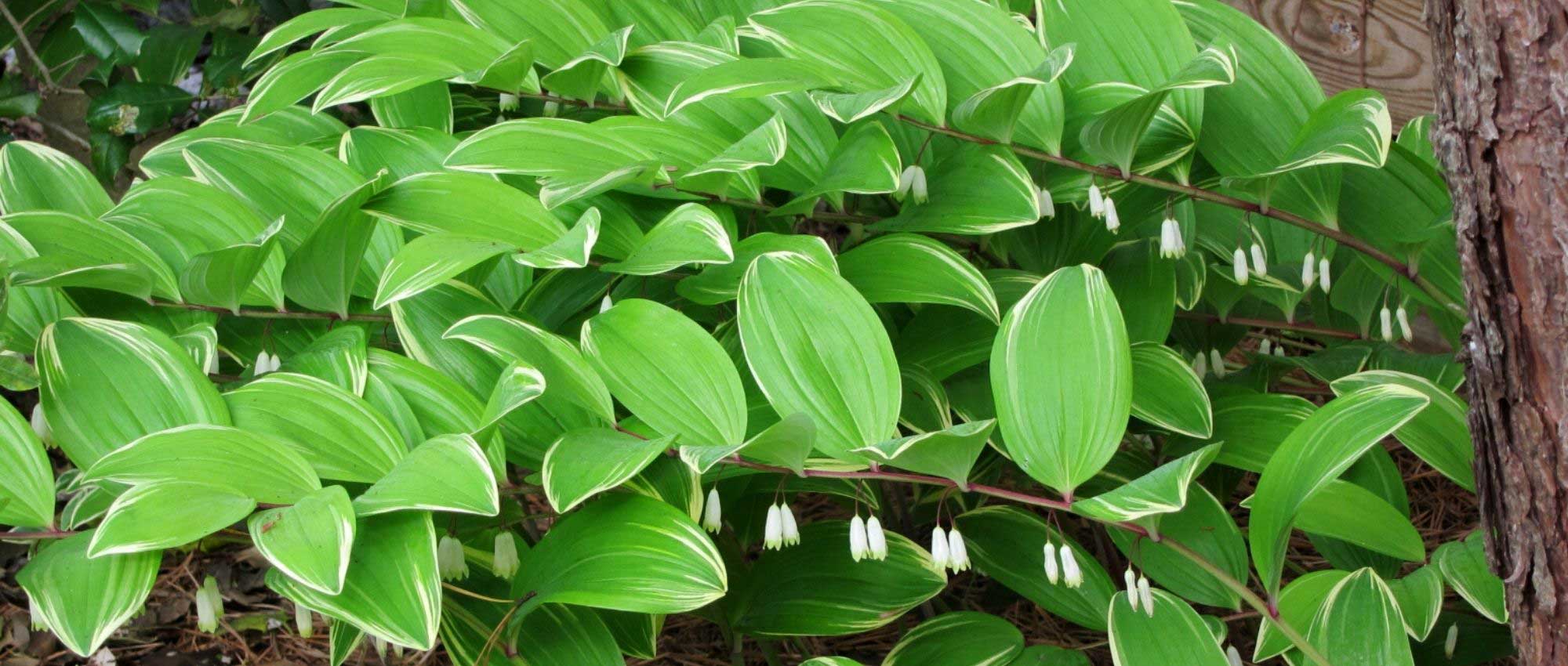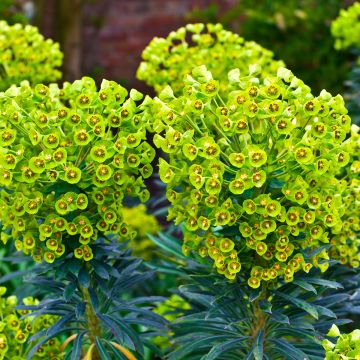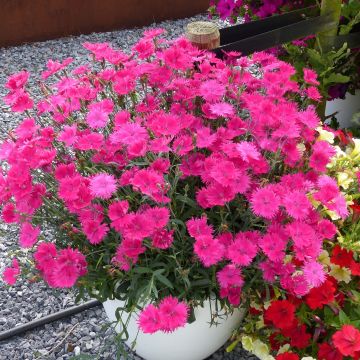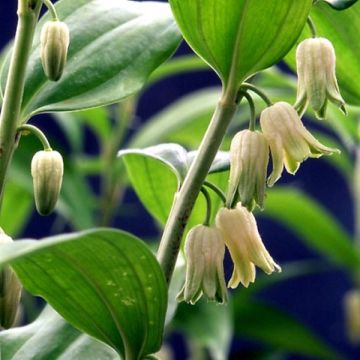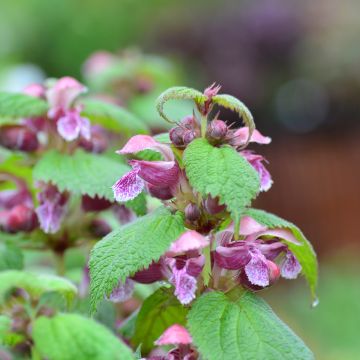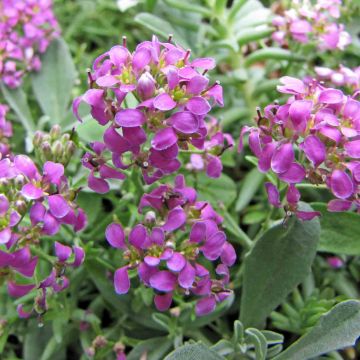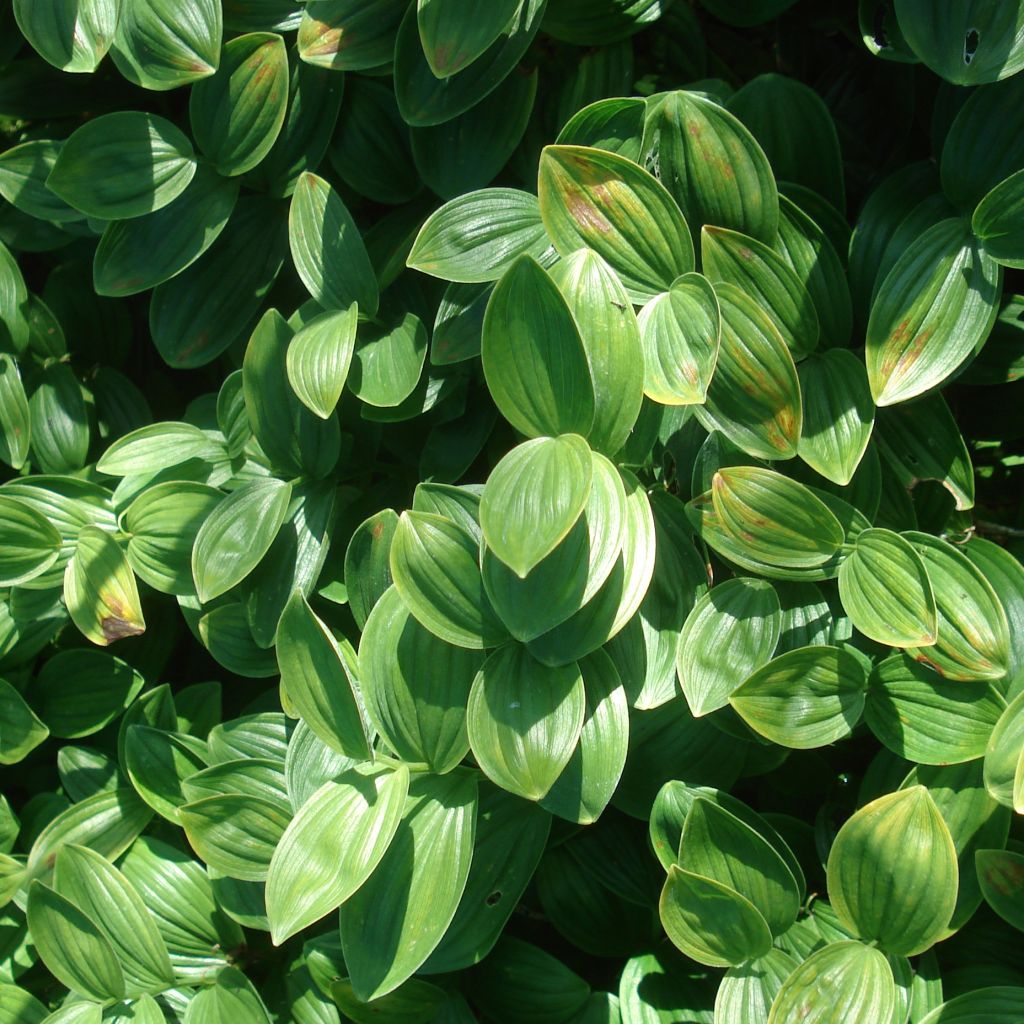

Polygonatum humile
Polygonatum humile
Polygonatum humile
Dwarf Solomon's Seal
The young plant arrived in excellent condition and has taken very well with a beautiful habit that is developing nicely.
Sylvie, 09/05/2025
Special offer!
Receive a €20 voucher for any order over €90 (excluding delivery costs, credit notes, and plastic-free options)!
1- Add your favorite plants to your cart.
2- Once you have reached €90, confirm your order (you can even choose the delivery date!).
3- As soon as your order is shipped, you will receive an email containing your voucher code, valid for 3 months (90 days).
Your voucher is unique and can only be used once, for any order with a minimum value of €20, excluding delivery costs.
Can be combined with other current offers, non-divisible and non-refundable.
Home or relay delivery (depending on size and destination)
Schedule delivery date,
and select date in basket
This plant carries a 12 months recovery warranty
More information
We guarantee the quality of our plants for a full growing cycle, and will replace at our expense any plant that fails to recover under normal climatic and planting conditions.

Would this plant suit my garden?
Set up your Plantfit profile →
Description
Polygonatum humile, better known as Dwarf Solomon's Seal, is a small Japanese species with trailing leafy stems. It produces tubular white flowers in spring, resembling lily-of-the-valley bells, which develop in the axils of the leaves, followed by small spherical, blue-black fruits. It is a hardy perennial woodland plant, preferring shade and coolness, and can become a magnificent ground cover. It is perfect at the base of spring shrubs, or in pots on the terrace or balcony.
Polygonatum humile belongs to the lily family, and is a Japanese cousin of the fragrant Solomon's seal that populates our European woodlands. It is a herbaceous and perennial plant that grows from a fleshy rootstock. It produces both erect and trailing leafy stems, reaching a height of 15 cm (6 in), and will form colonies occupying at least 60 cm (24 in) of ground space. The foliage is deciduous, dark green and glossy, composed of lanceolate, ovate, alternate leaves with prominent veins, measuring 4 to 8 cm (2 to 3 in) long. Flowering takes place in May-June, in the form of tubular white flowers, 1 to 2 cm (0.4 to 1 in) long, solitary or in pairs, pendulous and arising from the axils of the leaves. This flowering is the same size as that of the larger Solomon's seals. It is followed by spherical, blue-black fruits, measuring 2 to 6 mm (0.1 to 0.2 in) in diameter. The plant goes dormant at the end of summer. Like lily-of-the-valley, Solomon's seal is a very pretty but toxic plant, so beware of curious explorers in your gardens.
Sometimes a little slow to establish itself, this Dwarf Solomon's seal is nonetheless faithful, lives a long time, and requires little care. It tolerates competition from the roots of trees and shrubs. It can be planted in woodlands or in dappled sunlight (introduce several plants in a small area), to accompany the spring blooms of Magnolias, Kolwizias, Deutzias, spireas, lilacs and flowering cherries. In these borders at the base of shrubs, accompany it with Anemone 'Robinsoniana', Macleayas, Anemone Blanda, and golden-yellow buttercups. Beautiful in a flower pot, pair it with blue squills to take over when it finishes flowering.
The most common explanation for the name Solomon's seal comes from the appearance of scars left on the rhizomes once the flower stalks have dried, which resemble the six-pointed seal of King Solomon and King David. King Solomon is also said to have discovered the medicinal properties of Polygonatum. The distilled sap of the rhizomes is still used in cosmetics today.
Polygonatum humile in pictures
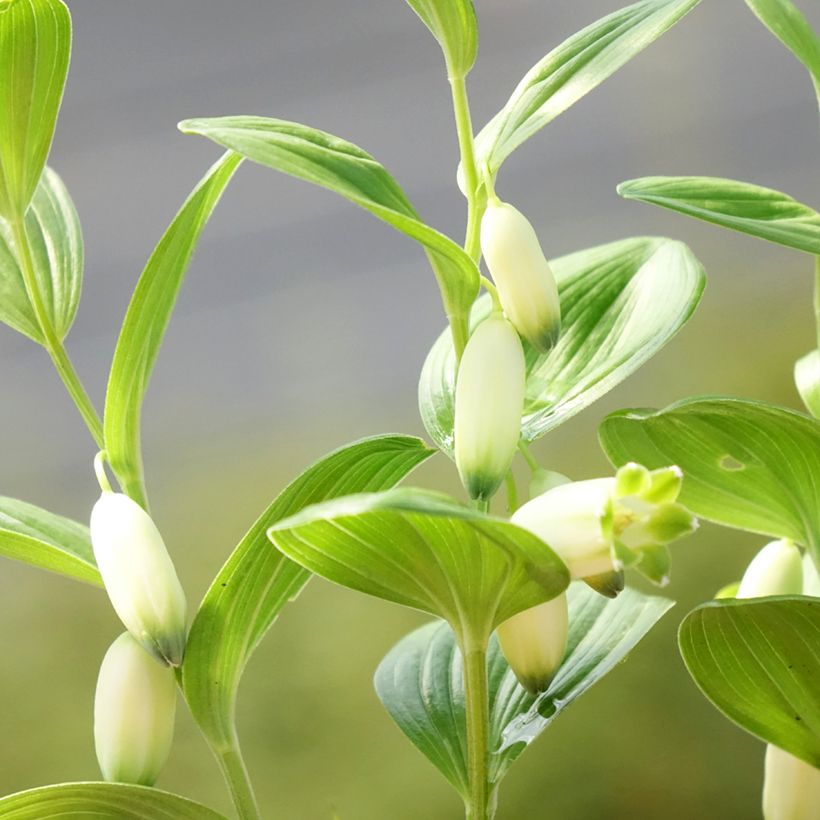

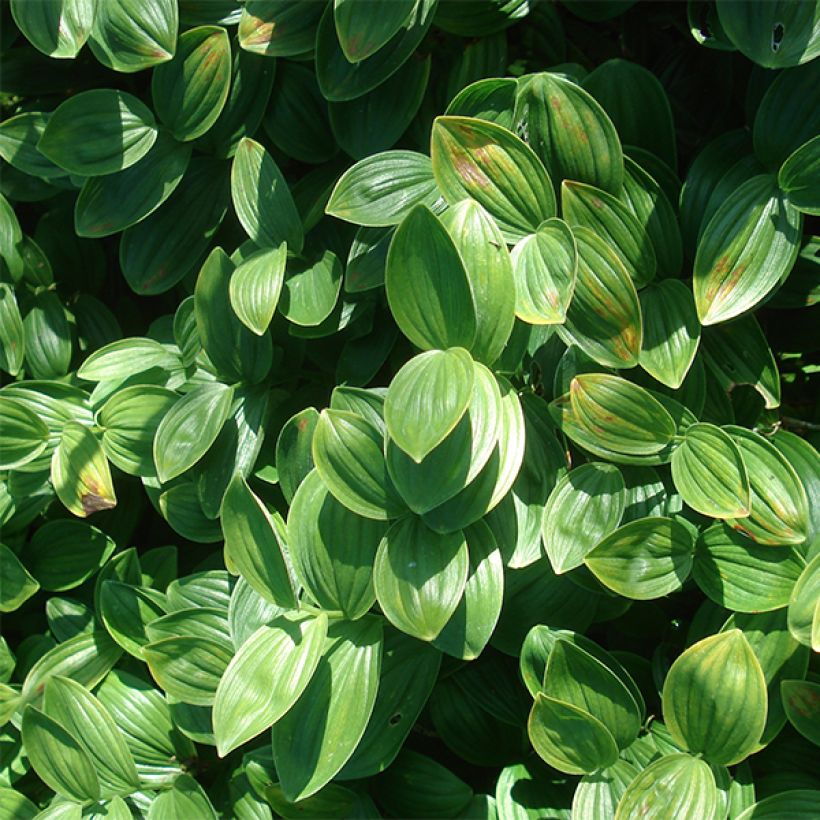

Flowering
Foliage
Plant habit
Botanical data
Polygonatum
humile
Liliaceae
Dwarf Solomon's Seal
Southeast Asia
Other Polygonatum - Solomon's Seal
View all →Planting and care
Polygonatum humile appreciates fertile, humus-rich, moist but well-drained soils. Install it, from July to September, in partial shade or not-too-dense shade. It is sometimes susceptible to attacks from gastropods and whitefly. Divide the clumps in spring.
Planting period
Intended location
Care
Planting & care advice
-
, onOrder confirmed
Reply from on Promesse de fleurs
Similar products
Haven't found what you were looking for?
Hardiness is the lowest winter temperature a plant can endure without suffering serious damage or even dying. However, hardiness is affected by location (a sheltered area, such as a patio), protection (winter cover) and soil type (hardiness is improved by well-drained soil).

Photo Sharing Terms & Conditions
In order to encourage gardeners to interact and share their experiences, Promesse de fleurs offers various media enabling content to be uploaded onto its Site - in particular via the ‘Photo sharing’ module.
The User agrees to refrain from:
- Posting any content that is illegal, prejudicial, insulting, racist, inciteful to hatred, revisionist, contrary to public decency, that infringes on privacy or on the privacy rights of third parties, in particular the publicity rights of persons and goods, intellectual property rights, or the right to privacy.
- Submitting content on behalf of a third party;
- Impersonate the identity of a third party and/or publish any personal information about a third party;
In general, the User undertakes to refrain from any unethical behaviour.
All Content (in particular text, comments, files, images, photos, videos, creative works, etc.), which may be subject to property or intellectual property rights, image or other private rights, shall remain the property of the User, subject to the limited rights granted by the terms of the licence granted by Promesse de fleurs as stated below. Users are at liberty to publish or not to publish such Content on the Site, notably via the ‘Photo Sharing’ facility, and accept that this Content shall be made public and freely accessible, notably on the Internet.
Users further acknowledge, undertake to have ,and guarantee that they hold all necessary rights and permissions to publish such material on the Site, in particular with regard to the legislation in force pertaining to any privacy, property, intellectual property, image, or contractual rights, or rights of any other nature. By publishing such Content on the Site, Users acknowledge accepting full liability as publishers of the Content within the meaning of the law, and grant Promesse de fleurs, free of charge, an inclusive, worldwide licence for the said Content for the entire duration of its publication, including all reproduction, representation, up/downloading, displaying, performing, transmission, and storage rights.
Users also grant permission for their name to be linked to the Content and accept that this link may not always be made available.
By engaging in posting material, Users consent to their Content becoming automatically accessible on the Internet, in particular on other sites and/or blogs and/or web pages of the Promesse de fleurs site, including in particular social pages and the Promesse de fleurs catalogue.
Users may secure the removal of entrusted content free of charge by issuing a simple request via our contact form.
The flowering period indicated on our website applies to countries and regions located in USDA zone 8 (France, the United Kingdom, Ireland, the Netherlands, etc.)
It will vary according to where you live:
- In zones 9 to 10 (Italy, Spain, Greece, etc.), flowering will occur about 2 to 4 weeks earlier.
- In zones 6 to 7 (Germany, Poland, Slovenia, and lower mountainous regions), flowering will be delayed by 2 to 3 weeks.
- In zone 5 (Central Europe, Scandinavia), blooming will be delayed by 3 to 5 weeks.
In temperate climates, pruning of spring-flowering shrubs (forsythia, spireas, etc.) should be done just after flowering.
Pruning of summer-flowering shrubs (Indian Lilac, Perovskia, etc.) can be done in winter or spring.
In cold regions as well as with frost-sensitive plants, avoid pruning too early when severe frosts may still occur.
The planting period indicated on our website applies to countries and regions located in USDA zone 8 (France, United Kingdom, Ireland, Netherlands).
It will vary according to where you live:
- In Mediterranean zones (Marseille, Madrid, Milan, etc.), autumn and winter are the best planting periods.
- In continental zones (Strasbourg, Munich, Vienna, etc.), delay planting by 2 to 3 weeks in spring and bring it forward by 2 to 4 weeks in autumn.
- In mountainous regions (the Alps, Pyrenees, Carpathians, etc.), it is best to plant in late spring (May-June) or late summer (August-September).
The harvesting period indicated on our website applies to countries and regions in USDA zone 8 (France, England, Ireland, the Netherlands).
In colder areas (Scandinavia, Poland, Austria...) fruit and vegetable harvests are likely to be delayed by 3-4 weeks.
In warmer areas (Italy, Spain, Greece, etc.), harvesting will probably take place earlier, depending on weather conditions.
The sowing periods indicated on our website apply to countries and regions within USDA Zone 8 (France, UK, Ireland, Netherlands).
In colder areas (Scandinavia, Poland, Austria...), delay any outdoor sowing by 3-4 weeks, or sow under glass.
In warmer climes (Italy, Spain, Greece, etc.), bring outdoor sowing forward by a few weeks.






























